Neuroscience

Neurotransmitter receptors function via various G-protein coupled and G-protein independent mechanisms that activate downstream intracellular signaling pathways such as cAMP/PKA, PI3K/AKT, phospholipase A2, and phospholipase C pathways. For instance, dopamine receptors act through adenylate cyclase to activate PKA and other signaling molecules, thereby mediate gene expression through the actions of CREB and other transcription factors. Other neurotransmitters such as NMDAR or AMPAR are associated with ion channels that control flux of Ca2+ and Na+, thus propagating the action potential across the post-synaptic neuron.
Dysfunctions in GABAergic/glutamatergic/serotonergic/dopaminergic pathways result in a broad range of neurological disorders such as chronic pain, neurodegenerative diseases, and insomnia, as well as mental disorders including schizophrenia, bipolar disorder, depression, and addiction.
-
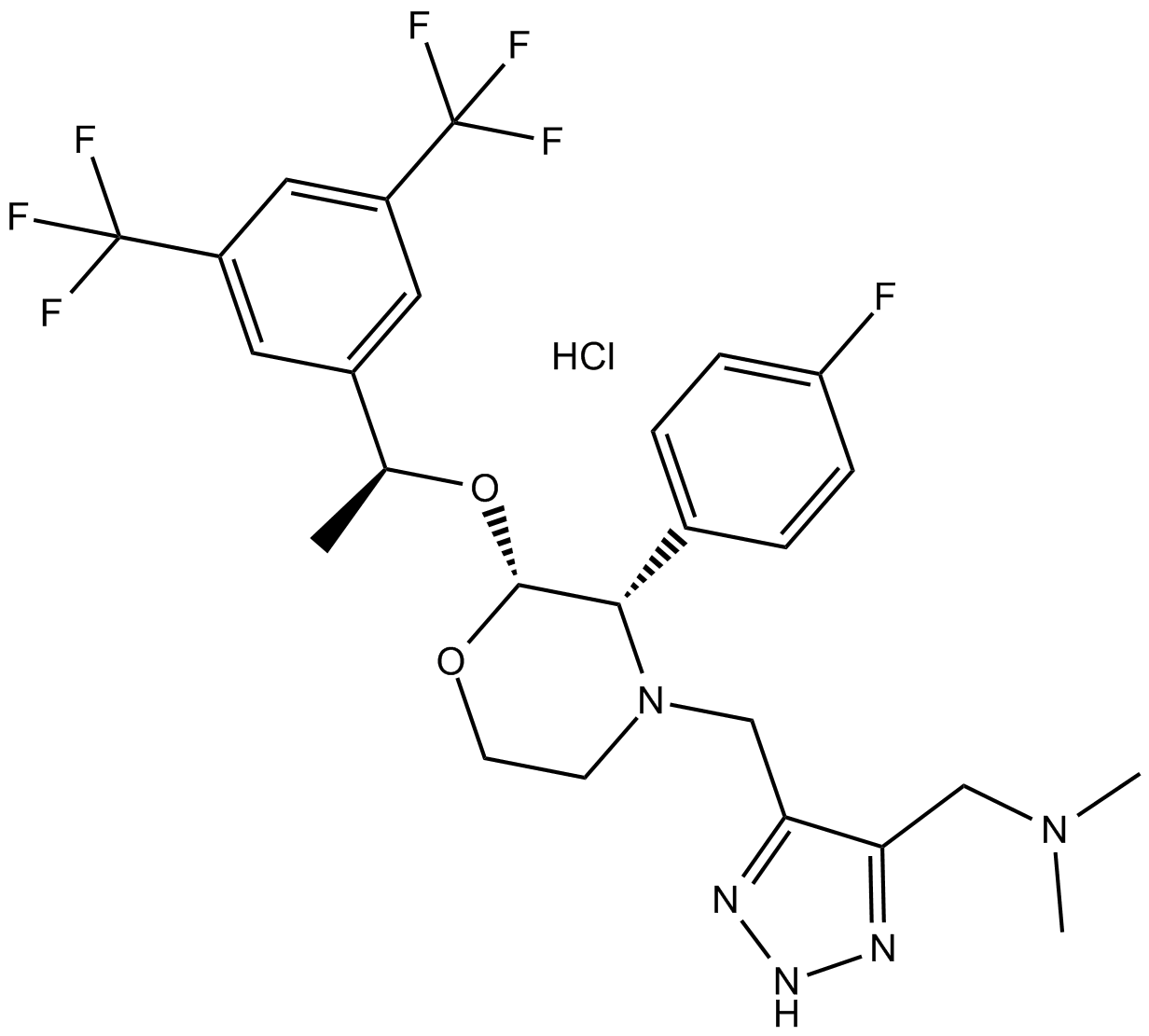 B7565 L 760735Summary: NK1 receptor antagonist
B7565 L 760735Summary: NK1 receptor antagonist -
 A3776 RotigotineSummary: Agonist of dopamine D2/D3 receptor
A3776 RotigotineSummary: Agonist of dopamine D2/D3 receptor -
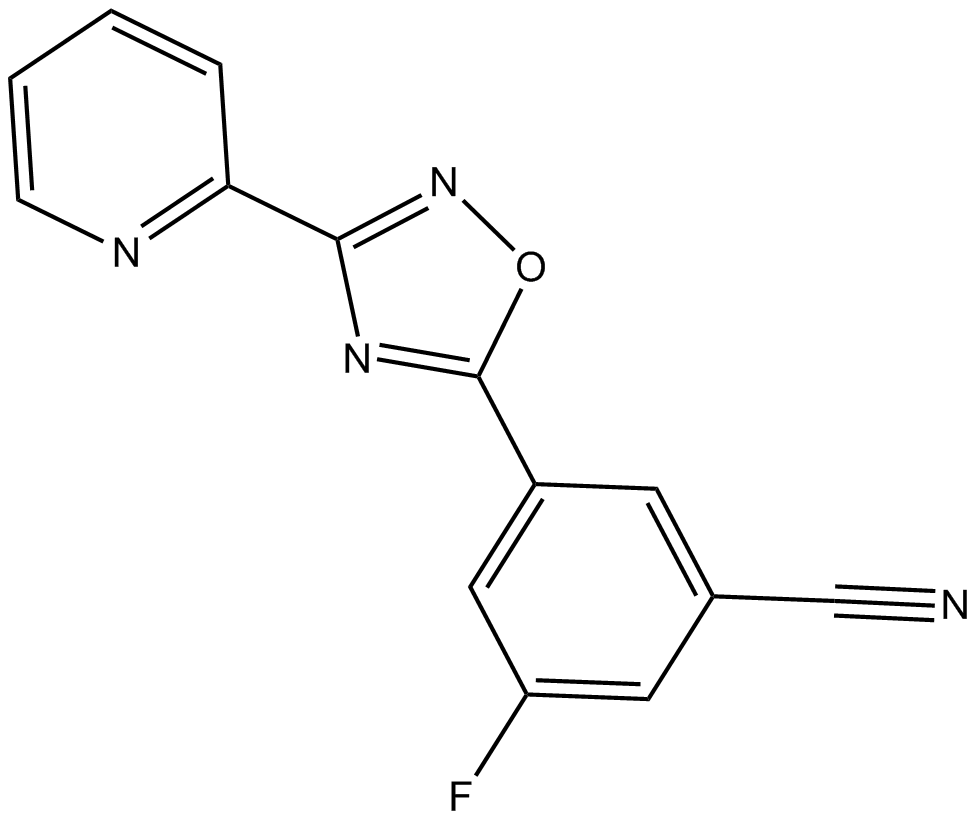 B5569 VU 0285683Summary: negative allosteric modulator of mGlu5 receptors
B5569 VU 0285683Summary: negative allosteric modulator of mGlu5 receptors -
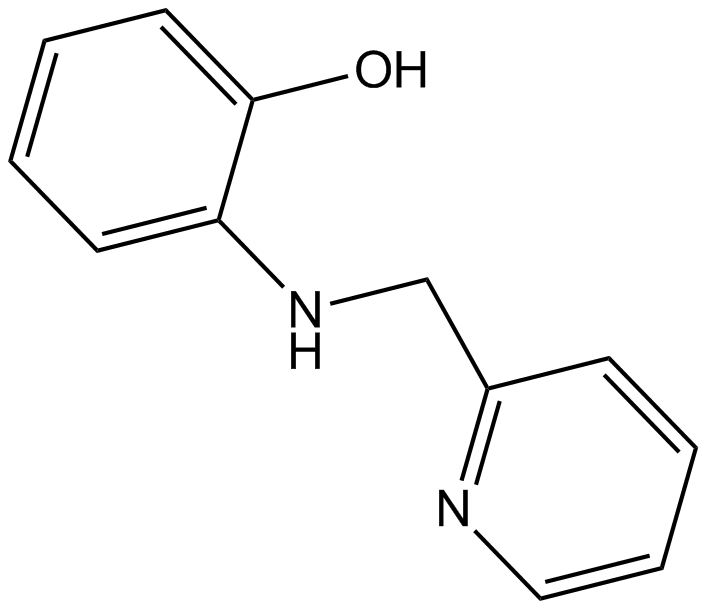 B8029 ARN2966Summary: APP expression modulator
B8029 ARN2966Summary: APP expression modulator -
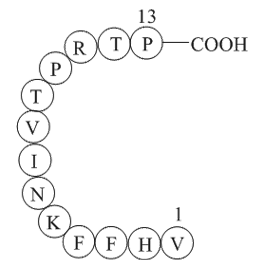 A1040 Myelin Basic Protein (87-99)Summary: Encephalitogenic peptide
A1040 Myelin Basic Protein (87-99)Summary: Encephalitogenic peptide -
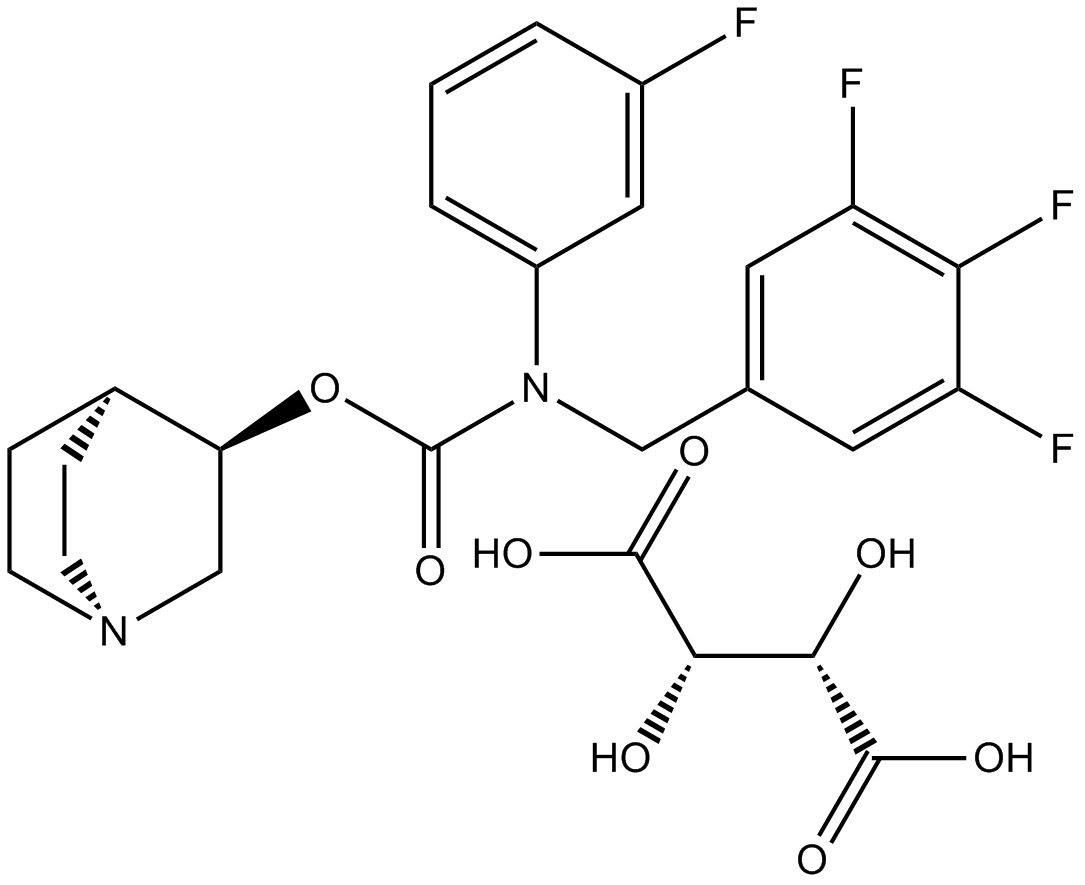 B1133 Tarafenacin D-tartrateSummary: Highly selective M3 muscarinic receptor antagonist
B1133 Tarafenacin D-tartrateSummary: Highly selective M3 muscarinic receptor antagonist -
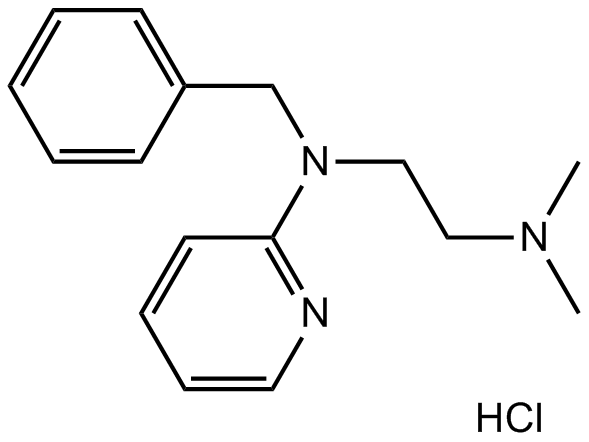 B1553 Tripelennamine HClSummary: H1-receptor antagonist
B1553 Tripelennamine HClSummary: H1-receptor antagonist -
 B1442 AmpiroxicamSummary: COX inhibitor
B1442 AmpiroxicamSummary: COX inhibitor -
 B1487 Pramipexole 2HCl MonohydrateSummary: Novel non-ergoline dopamine receptor agonist
B1487 Pramipexole 2HCl MonohydrateSummary: Novel non-ergoline dopamine receptor agonist -
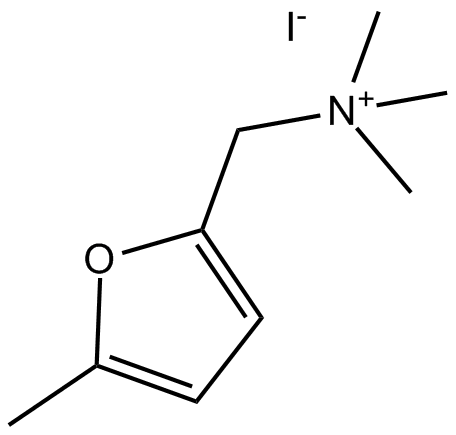 B6363 5-MethylfurmethiodideSummary: muscarinic agonist
B6363 5-MethylfurmethiodideSummary: muscarinic agonist

